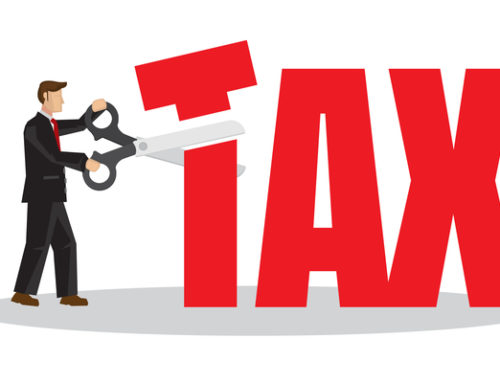It’s the most wonderful time of year. Although you may already be against a backdrop of color-changing leaves with a pumpkin spice latte in hand, it is not too late for additional 2018 tax planning. The following tax planning tips might help you prepare to keep your tax costs low as we close out the final two months of the year.
Employer Sponsored Plans
With only a few paychecks left in the year you can still have a big impact on your bottom line. We can chat about your employer sponsored plans (i.e. 401k) and see what changes you can make to ‘max out’ your contribution. For 2018, that limit is $18,500. These contributions, which can be adjusted at any time, are tax-deferred and therefore can be written off. Especially if you find yourself in a lower tax bracket, the savings can be quite significant come time to withdraw this money.
Bunching Expenses
Another great way to help offset taxes is by bunching expenses. Consider making purchases before year’s end that you otherwise would be making in the New Year. Pay close attention to itemized deductions subject to a threshold. If you’re close to the limits, consider bunching up as many deductible costs this year to hit the threshold. Personally, this could mean adjusting your medical expenses while for business owners it could mean pre-purchasing a few months’ worth of supplies.
New Tax Law
In December of 2017, President Trump signed the “Tax Cuts and Jobs Act” bringing significant tax changes into effect. Amongst the changes made is a reduction in tax rates. Be sure to review the new tax law implications with your accountant to find out the status of your 2018 taxes versus your 2017 taxes, as most are set to benefit from the new lower rates.
Business Depreciation
For businesses, be sure not to overlook depreciation especially if you use a big vehicle for your business. Depreciation is a tax deduction allowing you to recover the costs of wear and tear or deterioration of property and thereby reduce the value of an asset. Assets most commonly depreciable are equipment, buildings, vehicles and machinery. Depreciation lowers your overall taxable income, which in turn lowers the amount of owed taxes.
Property Tax, State and Local Taxes (SALT)
As previously mentioned, significant changes will go into effect for your 2018 taxes, one of which is the lowered cap on property tax and SALT. Filers can now deduct up to $10,000 in state and local property and income taxes. Keep in mind that while this deduction is still in tact, it can only be enacted if itemized.
Year-to-Date Tax Payments
Check your year-to-date tax payments compared to last year to determine if any adjustments need to be made to your withholding (the amount taken from your paycheck to be applied towards taxes). There is still time to make adjustments to your withholdings to ensure that you’ve withheld enough to cover your 2018 taxes. A quick way to determine where you stand is by forecasting how much you will owe this year and comparing that figure to the previous year’s taxes. Bonus: it’s a great way to help avoid penalties.
Expanding Family
Having a baby is expensive, however, you can claim a child tax credit up to $2,000 per child. Unlike tax deductions, a credit gives you a dollar-for-dollar reduction on what you owe. Plus, up to $1,400 of the credit is refundable. Therefore if you owe less than $1,400 in taxes you’d receive the difference back from the government.
Reasonable Compensation
If you’re a business owner, meet with your accountant to ensure you’ve taken enough reasonable compensation or salary for the year to avoid penalties. Compensation paid to a business owner is a corporate distribution, which if done ‘unreasonably,’ can be a way to increase tax deductions. The best way to avoid penalties it to work with a financial advisor upfront and check with your accountant to ensure your salary is adequate.
Flexible Spending Accounts (FSA’s)
FSA’s can be very advantageous from a tax standpoint in that the money deposited is deducted from your salary before taxes. If you don’t spend all of the available funds towards medical expenses, dental care and vision before the end of the year, however, only $500 can be rolled over for next year. Use it or lose it. Double check the spending rules so that you don’t lose what you’ve allocated. Need a quick way to spend available FSA money? Fill your medicine cabinet (i.e. thermometers, bandages and heating packs) or order a new pair of sunglasses or reading glasses.
These quick tips may have a positive impact on your taxes. Ease your stress this holiday season knowing there will be no surprises come tax season.




